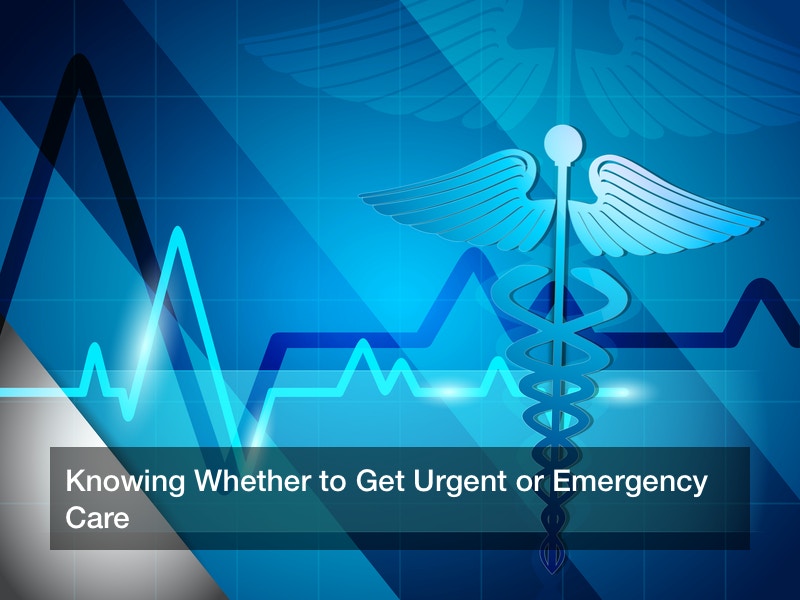

Every single day, many millions of Americans young and old will suffer from injuries or illnesses that require medical attention. Whenever this happens, a nearby responsible person may look up the right medical centers to get help, and these may be urgent care centers, pediatric urgent care clinics (for children), an emergency room, or the like. If the person does not already know such a place nearby, they can look one up online, and they may enter their city/town name and ZIP code to find local results. A search such as “urgent care near me dallas TX” will show some local results, and each clinic’s name, address, and hours of operation will be shown. If the patient needs help at an odd time of day, then the helper may look up 24-hour urgent or emergency clinics in particular, since some clinics are open 24 hours a day but others are not. Meanwhile, what about the ER or urgent care and the differences between them? Understanding “ER or urgent care?” is essential, since they are not the same thing.
ER or Urgent Care?
Emergency care is for serious medical cases that may be life threatening, while urgent care is best for the many minor medical issues that Americans suffer from every day. In short, “ER or urgent care?” is a question of how serious the patient’s condition is.
One may first consider the ER side of “ER or urgent care?” This is the highest level of care, and at an emergency clinic or a hospital’s ER, doctors and physicians will have the right training and medicine to save a life and get a patient out of harm’s way. A patient might have a broken arm or a broken leg, for example, or they might have sustained an injury to the head or an eyeball. The same is true of bullet wounds or stab wounds, which might be bleeding heavily (and there might be internal organ damage). Chest pain and difficulty breathing also call for the ER, since these conditions might soon turn life threatening at any moment, if they are not already. And what about abdominal pain cases? Most abdominal pain cases are harmless, but if that pain is severe, long lasting, and/or sudden, then emergency care is the right option since the pain’s underlying cause might be quite serious.
Emergency care services are not a catch-all medical site, however, and are best reserved for patients in dire condition. A patient with a minor medical case is urged to visit walk in clinics and urgent care sites instead, which are designed for such medical issues and are usually cheaper and faster to visit anyway. But if it is not clear what level of care a patient might need, there are hybrid clinics out there that provide both urgent and emergency care side by side. This makes them quite flexible.
Urgent Care Done Right
As described earlier, urgent care concerns itself with non life-threatening, minor medical cases that don’t call for the ER. Fortunately, the urgent care industry is a large one that is continuing to grow, and over 2,000 urgent care centers and walk in clinics can be found across the United States today. These clinics are typically small and independent care sites, and are staffed with nurse practitioners and physicians. A clinic that’s running smoothly may see three patients per hour, and such clinic are often found in strip malls. Others might be found in major retailers (retail clinics), and some are even found in hospitals (which offer distinct care from the hospital at large).
Patients may visit an urgent care center to have nurses use bandages and stitches on shallow cuts and wounds, and these nurses may also provide lotion and bandages for cases of sunburn or rashes. A guest may visit these clinics and get a prescription drug refill from the pharmacy on hand (common at retail clinics), or even get medicinal relief from the common cold and flu during influenza season. Four in five of these clinics also offer treatment for bone fractures, and nearly all of them can take care of wrist and ankle sprains. Upper respiratory issues are another common reason to visit these clinics.
